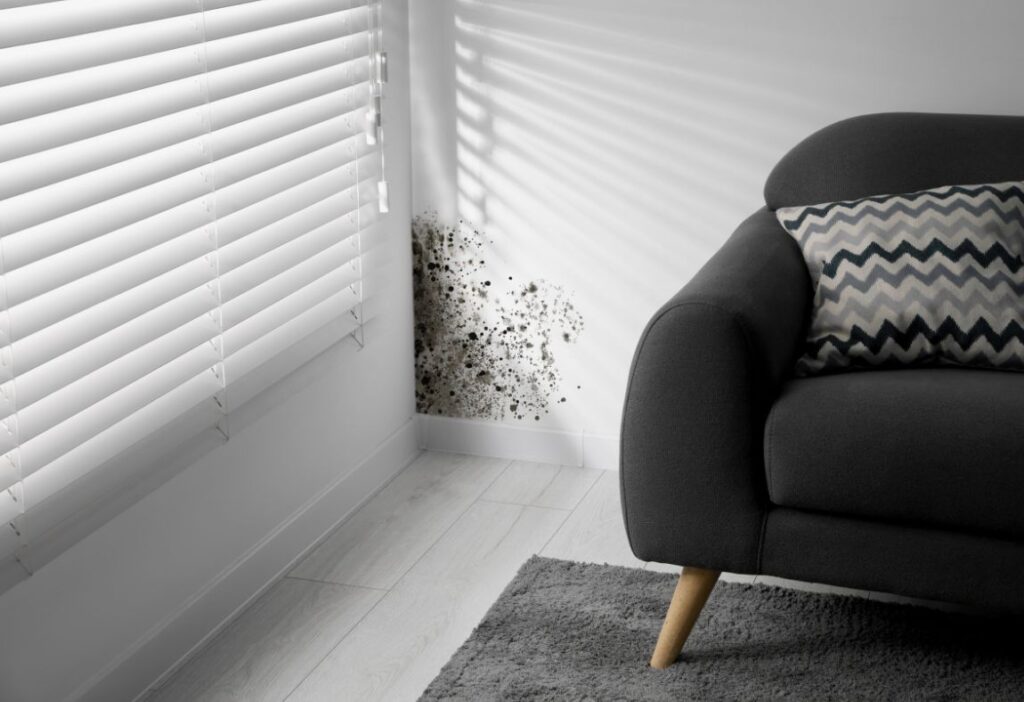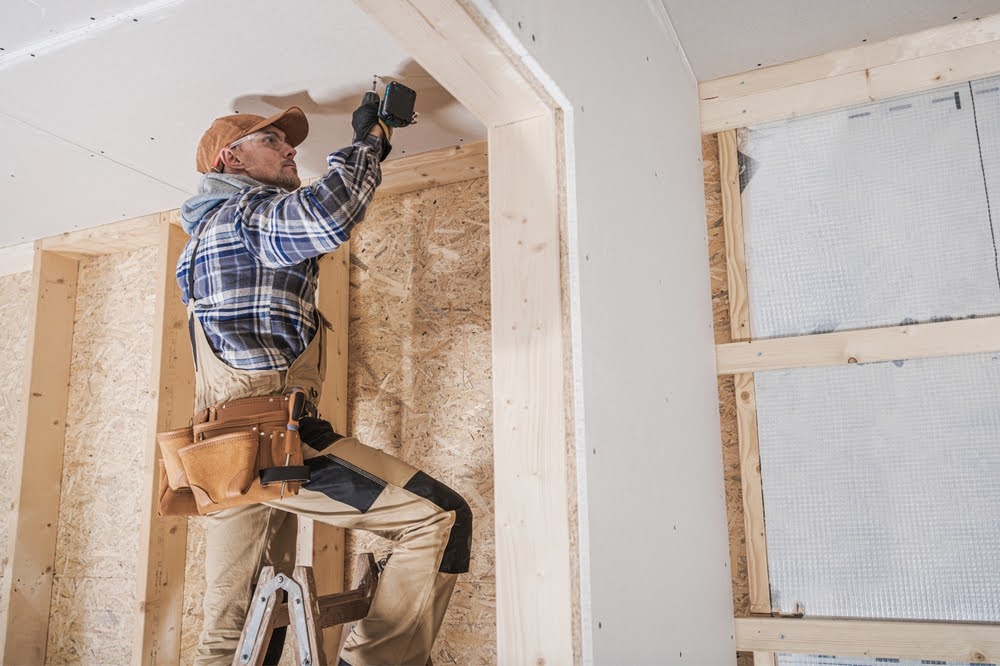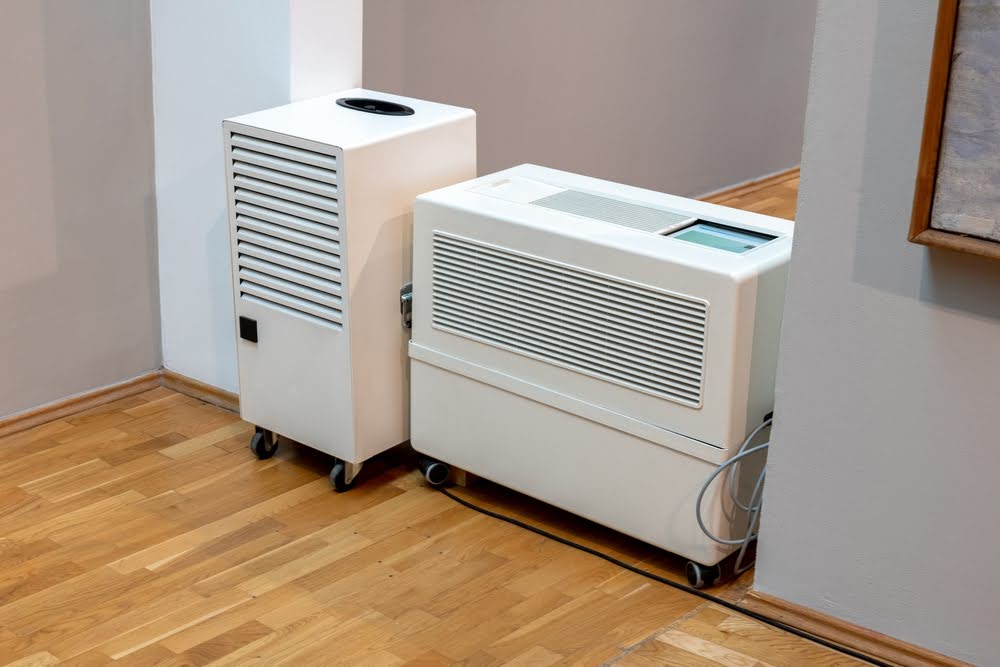What Does Black Mold Look Like? Brief Recognition Guide
There are lots of dangerous mold variants, but one that you have likely heard a lot about is black mold.
Black mold is somewhat common in residential and commercial spaces, and it can have some very dangerous effects if you’re exposed to it, especially for long periods.
Today, we’re going to discuss how to identify black mold, including what black mold looks like, why it’s crucial to recognize it quickly, and how to address the issue.
Let’s dive in!
What Does Black Mold Look Like?
Black mold seems pretty self-explanatory, but unfortunately, it is slightly similar to a very common, and mostly harmless, fungus called mildew.
Because of that, homeowners often underestimate the severity of the issue, or even if they have the feeling it might be black mold, wishful thinking gets the better of them.
Luckily, there are some key differences.
First, mildew is typically white or dark gray with bits of black in it. It’s not a solid black color. In comparison, black mold is very dark, and it can have greenish hues to it sometimes.
Black mold is also fuzzy or very slick and wet. Mildew doesn’t develop a fuzzy texture, and it’s not slimy. If your mold is dark and fuzzy or very slimy, it is likely black mold.
Sometimes, you can’t see black mold. It can form behind walls in areas that receive a lot of moisture. Bathrooms commonly develop it, and rooms that are exposed to water from leaks, such as kitchens, can develop it easily, too.
If you can’t see it, see if you can smell the strong scent of mildew or a stale scent. It’s not a guarantee, but black mold does have a strong smell, and you can figure out which walls to look behind if it still hasn’t become visible by normal means.
Black mold also tends to form around damp areas. Look in the corner walls and similar crevices when you’re looking for it.
Why is it Important to Identify Black Mold?
Black mold is rarely fatal, but it can still pose health risks, which is why it’s important to know what black mold looks like.
The most common symptoms of mild exposure include a runny nose, sneezing, and similar allergy symptoms. If you have a particularly prominent allergy to it, you can experience tightness in your chest or trouble breathing.
That still isn’t deadly in most cases, but if you suffer from existing conditions, there is a chance that you can die from the side effects of the reaction.
Side effects can also get worse with prolonged exposure if you don’t deal with the mold issue. The mold problem can grow, you’ll be exposed to even more of it, and your body can react more intensely.
What to Do About Black Mold
If you find something that looks like black mold, or you think it might be black mold, contact a mold removal specialist.
There are various home remedies, but you might miss mold that is in the walls or floors of your home, and it’ll just keep coming back.
For help with your mold problem, contact Mold Fix.



